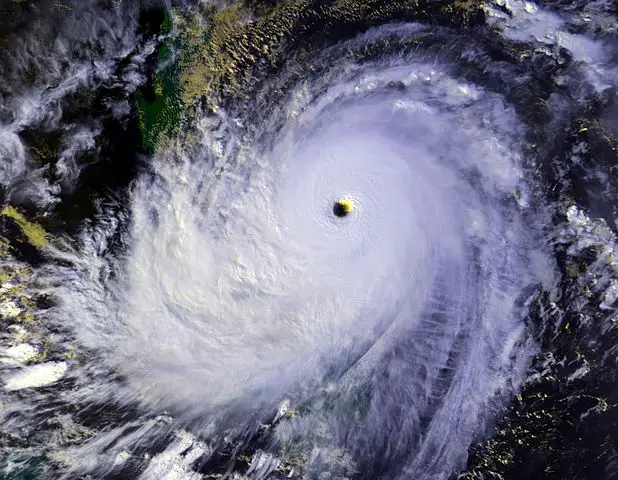Global Winds and Coriolis Effect
Wind envelopes the Earth and is of importance to everyone. The winds that encircle the entire planet is called global winds. There are a lot of names for global winds but the most popular names are the prevailing westerlies, polar easterlies, trade winds, and equator winds. The process by which wind encircles the planet is called atmospheric circulation and is responsible for the distribution of thermal energy across the planet Earth. Global winds occur because of the heat given off by the sun, which the air absorbs ultimately.
The Earth spins continuously on its axis. Thus, this rotating motion causes certain phenomenon that affects internal planetary occurrences such as the global winds. This phenomenon is called the Coriolis Effect. The Coriolis Effect is the apparent curving of anything that flows freely in the Earth’s surface such as global winds and ocean currents. It simply states that the path of an object set in motion above a rotating surface will take up a curved path relative to the objects in that surface. In reality, global winds blow from the Earth’s north pole to the south pole in diagonal lines. However, due to the presence of the Coriolis effect, the global winds are viewed as curved paths. The global winds appear to curve to the right in the northern hemisphere of the Earth, and it appears to curve to the left in the southern hemisphere of the Earth.
The apparent deflection of the direction of the global winds caused by the Coriolis Effect is dependent on the speed of the Earth’s rotation. The speed of the Earth’s rotation is faster in the equator and it decreases as you move farther away from the equator. As the speed of the Earth’s rotation decreases, the Coriolis Effect increases; therefore, making the global winds greatly deflect in regions far from the equator.












Leave a Reply